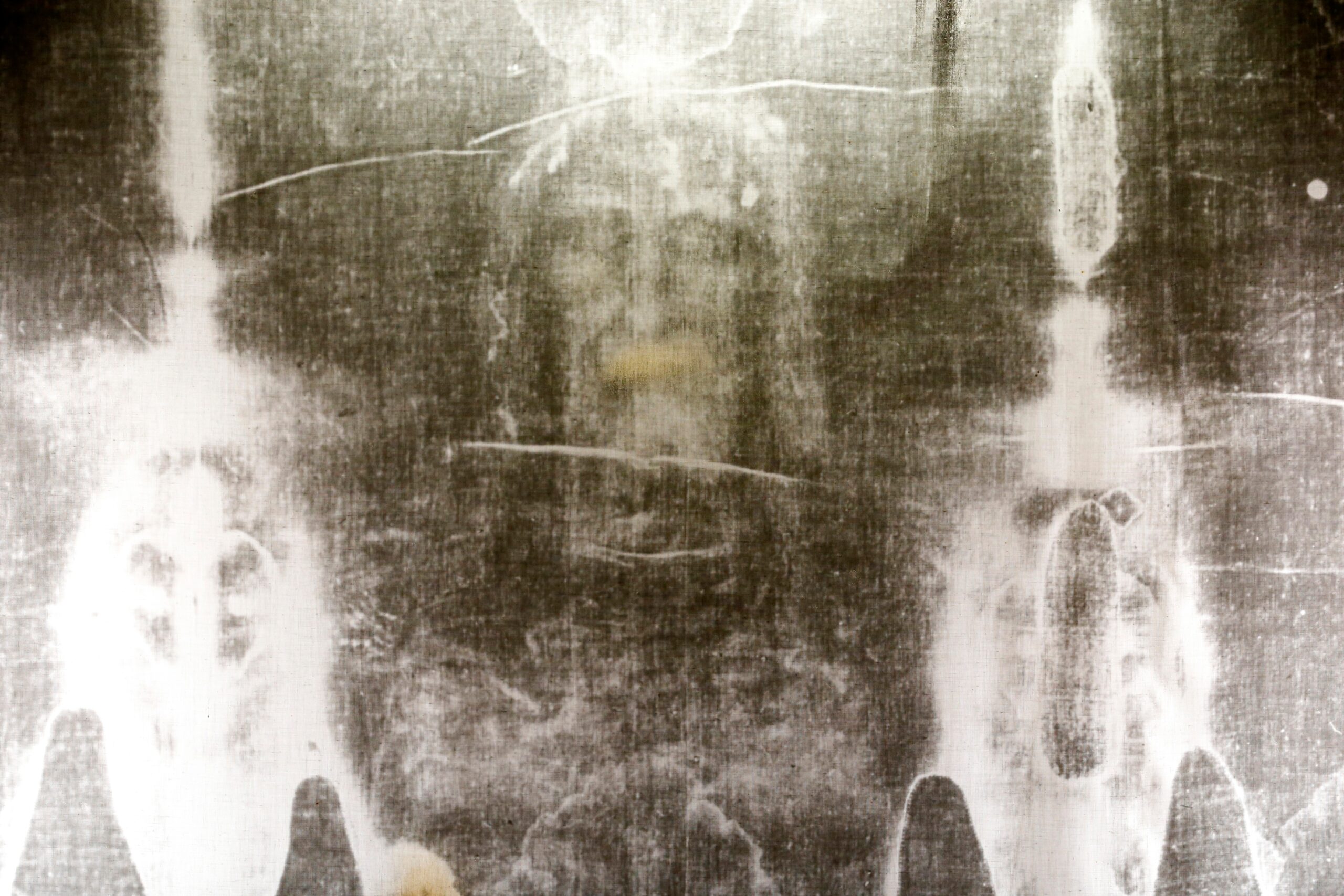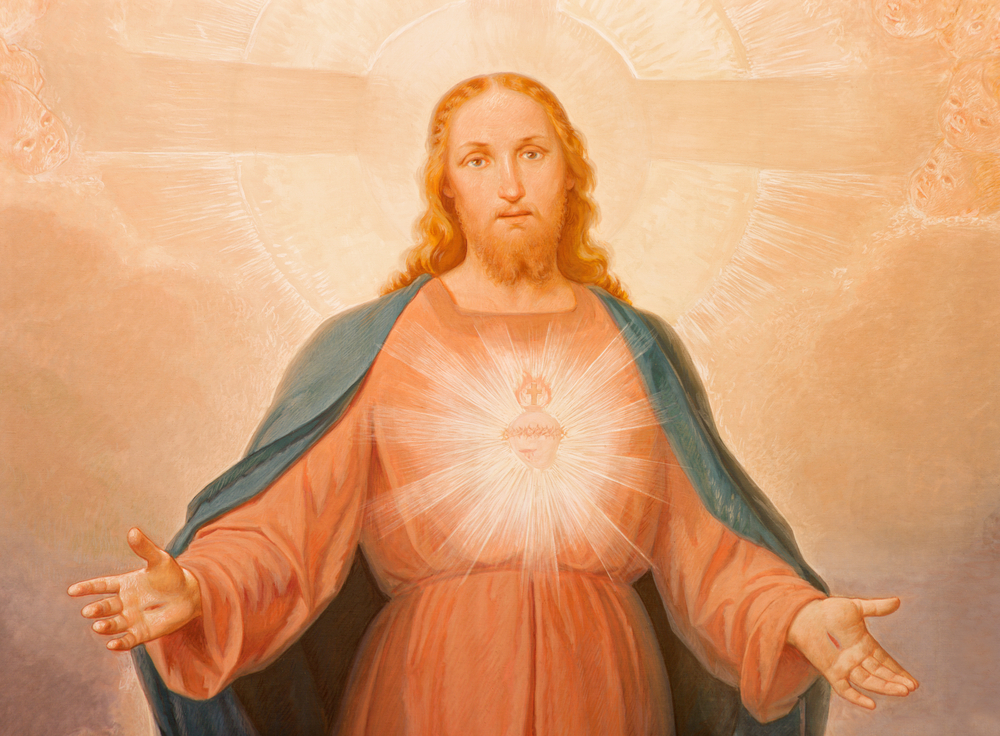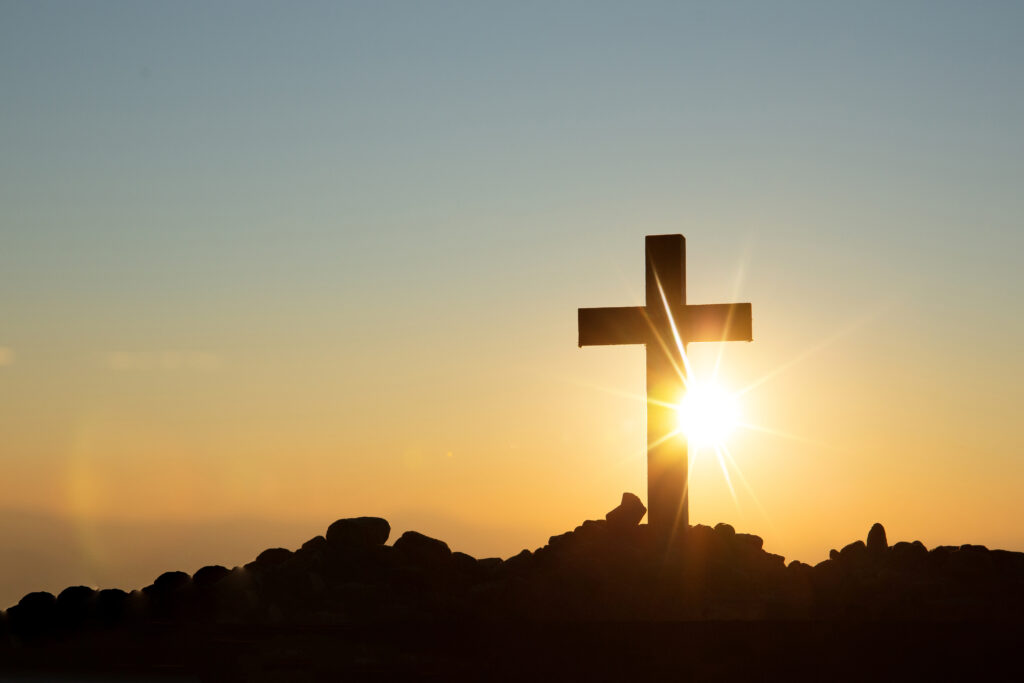Your cart is currently empty!
Researcher Reveals Telling Evidence in Shroud of Turin Mystery After It Was Thought to Be Jesus’ Burial Cloth

For centuries, the Shroud of Turin has captivated the world. Revered by millions as the burial cloth of Jesus, it has sparked religious fervor, debates, and countless theories about its authenticity. Some believe the image imprinted on the linen cloth is a miraculous relic, while others dismiss it as a medieval forgery. Now, a new digital analysis has emerged, shaking the foundations of this long-standing mystery. What if the Shroud is not what we have believed it to be all along? What if the truth lies not in a divine imprint, but in the hands of medieval artists?
A recent study, conducted by Cicero Moraes, a Brazilian 3D designer, might just hold the key to unlocking this enigma. Using cutting-edge digital modeling techniques, Moraes has presented a compelling case that the Shroud’s iconic image may not have been created by direct contact with a human body, but rather through the imprint of a low-relief sculpture. What does this mean for the Shroud’s authenticity and its place in Christian history? Could the linen cloth be a masterful piece of medieval art rather than an ancient burial shroud?
Fourteen Feet of Controversy
The Shroud of Turin is an object shrouded in both reverence and controversy. The faint image of a crucified man, with detailed wounds on the wrists, feet, and side, closely resembles the descriptions of Jesus’ death in the Bible. The cloth measures 14.5 feet by 3.7 feet, with an image that seems to depict a man who endured extreme physical trauma, the very wounds that would have resulted from crucifixion.
The Shroud’s journey into the public eye began in 1353 when it first appeared in France, though some argue its origins are much earlier. Over the centuries, believers have held onto the idea that it is the cloth that covered the body of Jesus after his crucifixion. With accounts stretching back to the 14th century, the cloth’s image appeared to bear marks from the crown of thorns, the wounds of the crucifixion, and even the side wound inflicted by a spear.
But the controversy surrounding its authenticity is far from new. The most significant challenge to the Shroud’s divine claim came in 1989 when radiocarbon dating placed its origin between 1260 and 1390 AD, firmly within the medieval period. Although some researchers later questioned these findings, pointing to potential contamination from repairs made to the cloth, the debate rages on.
Now, the latest study by Moraes adds a new layer to this mystery, throwing into question one of the Shroud’s most accepted theories. Could the Shroud’s image have been created through a method rooted in medieval art rather than divine intervention?
Brazilian Designer Goes Digital Detective
Cicero Moraes, a 3D digital designer with expertise in historical facial reconstructions, has used state-of-the-art digital tools to analyze the Shroud’s origins in an unprecedented way. The approach combines parametric modeling and fabric dynamics simulation to recreate how fabric would drape over different human forms.
Moraes compared two models: one representing a full three-dimensional human body and the other a low-relief sculpture. A low-relief sculpture is an artwork where the sculpted figures are raised only slightly from the background, a style common in medieval religious art. The digital models allowed Moraes to simulate how fabric behaves when placed over these two types of surfaces, comparing the results to photographs of the Shroud taken in 1931.
By using open-source software such as MakeHuman, Blender, and CloudCompare, Moraes virtually draped fabric over both a 3D human model and a low-relief sculpture, tracking the contact points where the fabric would interact with the surface. He then compared these simulations to the iconic image on the Shroud.
3D Simulation and Its Surprising Results

The results of Moraes’ simulations were striking. When fabric was draped over a 3D model, it created a distorted and swollen image, an effect that Moraes refers to as the “Agamemnon Mask effect.” This phenomenon occurs when fabric is placed on a three-dimensional object, causing unnatural distortion, as seen in the widely known golden funerary mask from Mycenae in Greece. Moraes demonstrated this by pressing a painted paper towel against his face, creating a similarly distorted image.
In contrast, the fabric placed on the low-relief sculpture model produced an image that matched the contours and details of the Shroud almost exactly. The texture, depth, and positioning of the imprints corresponded far more closely to the Shroud’s image than the results of the 3D body simulation.
“The image on the Shroud of Turin is more consistent with a low-relief matrix,” Moraes stated in his study. “Such a matrix could have been made of wood, stone or metal and pigmented (or even heated) only in the areas of contact, producing the observed pattern.”
This key finding raises the possibility that the Shroud’s image was not created by direct contact with a human body, but by being placed on or near a low-relief sculpture. The result? A flat, accurate, and faithful representation of the human figure without the anatomical distortions that would naturally occur with a 3D body.
Why a Low-Relief Sculpture Makes Sense
The theory of a low-relief sculpture as the source of the Shroud’s image aligns well with medieval artistic practices. During the 13th and 14th centuries, European artists frequently used low-relief techniques to depict religious figures, particularly on tombstones and monuments. These images were often raised slightly from the background, making them ideal for the creation of imprints on fabric.
Moraes suggests that a sculptor could have created such an image by applying heat or pigment to the raised areas of the low-relief sculpture, producing a clear imprint on a piece of cloth. Unlike a 3D human body, which would distort the fabric and create unnatural shapes, the low-relief sculpture would have left a smooth, faithful impression.
“Although there is a ‘remote possibility that it is an imprint of a three-dimensional human body,’ it is plausible to consider that artists or sculptors with sufficient knowledge could have created such a piece, either through painting or low relief,” Moraes explained.
This idea also ties into a broader cultural context: During the medieval period, religious art was rich in symbolism, and objects like the Shroud were likely created to convey profound spiritual meaning. Rather than seeing the Shroud as an accidental imprint of Jesus’ body, Moraes presents it as a deliberate, artistic creation designed to evoke the story of Christ’s death and resurrection.
The “Agamemnon Mask Effect”: The Mystery of Distortion

Moraes’ study delves into the mechanics of how fabric behaves when draped over a 3D object. This phenomenon, the “Agamemnon Mask effect,” helps explain why the Shroud’s image could not have been made by simply wrapping cloth around a human body. When fabric drapes over a 3D object, it distorts, causing the image to appear unnatural and stretched in various ways.
This was precisely what Moraes observed when he draped fabric over a 3D model of a human body. The result was a distorted image, nothing like the Shroud’s smooth, clear representation. The use of a low-relief sculpture, on the other hand, avoided such distortion, making the final imprint much more consistent with the Shroud’s actual appearance.
Could Medieval Artists Have Created the Shroud?
This new study challenges the longstanding belief that the Shroud of Turin is an ancient relic from Jesus’ time. Instead, it suggests that medieval artists, working with advanced techniques for their time, may have deliberately created the Shroud as part of a religious tradition. The medieval period saw a rise in tombstone carvings and other low-relief depictions of religious figures. These works were often created to commemorate the dead, and their designs had spiritual significance.
If the Shroud was a work of medieval artistry, it would have been a creation of its time, an artistic expression that resonated with the religious and cultural climate of the period. While this theory does not negate the Shroud’s spiritual importance, it shifts the discussion from one of divine mystery to one of artistic craftsmanship.
The Shroud’s Radiocarbon Dating and Timeline

Although Moraes’ digital analysis adds new depth to our understanding of the Shroud, it does not resolve the ongoing debate about its age. Radiocarbon dating performed in 1989 placed the Shroud’s creation between 1260 and 1390 AD, definitively positioning it in the medieval era. While some scholars have contested this dating, citing potential contamination of the sample, the results remain a key piece of evidence in supporting the Shroud’s medieval origins.
This new study adds weight to the argument that the Shroud is a product of its time. With advanced artistic techniques and a religious context rich in symbolism, the Shroud may have been created not as a mere artifact of the past, but as a piece of medieval Christian art.
Moraes’ Conclusions
Moraes’ findings invite a fresh perspective on the Shroud of Turin. Rather than viewing it as a direct imprint of Jesus‘ body, Moraes proposes that the cloth was likely created by skilled medieval artists, using methods that were both advanced and in line with the religious art of the time. While he acknowledges the “remote possibility” that the Shroud is an imprint of a human body, the evidence overwhelmingly supports the idea that it is a piece of art, a “masterpiece of Christian art,” as he describes it.
Mystery Still Has More Secrets

The Shroud of Turin will continue to be a subject of intrigue and fascination for years to come. While this study provides a new perspective, many questions remain unanswered. How did the image come to be? What techniques did medieval artists use to create such an impressive artifact? The mystery surrounding the Shroud of Turin is far from over.
The Shroud’s Enduring Mystery
The Shroud of Turin has captivated the world for centuries. Thanks to modern technology, we now have a new lens through which to view this iconic object. As new research continues to shed light on its origins, the Shroud’s place in history, both religious and artistic, remains as mysterious as ever.
